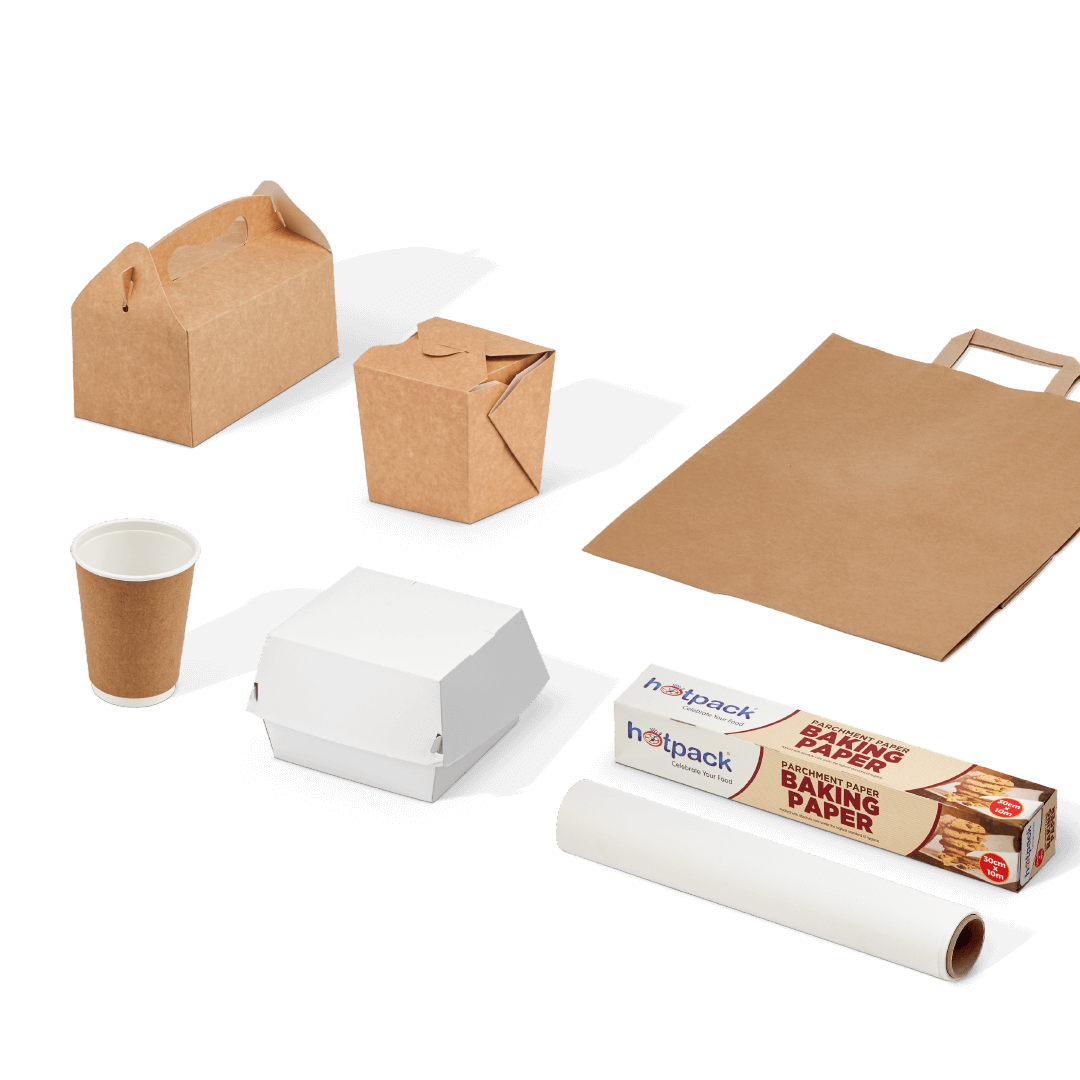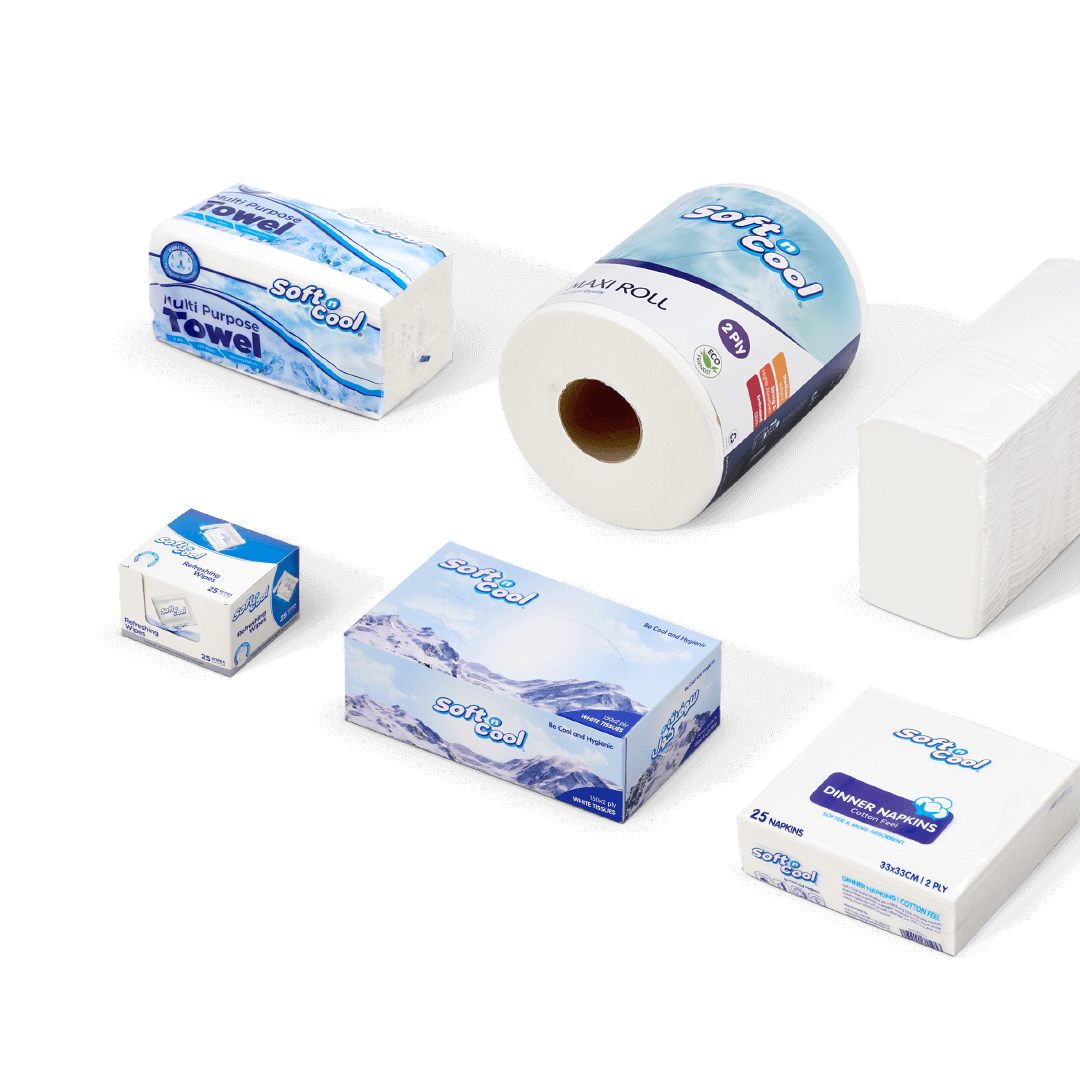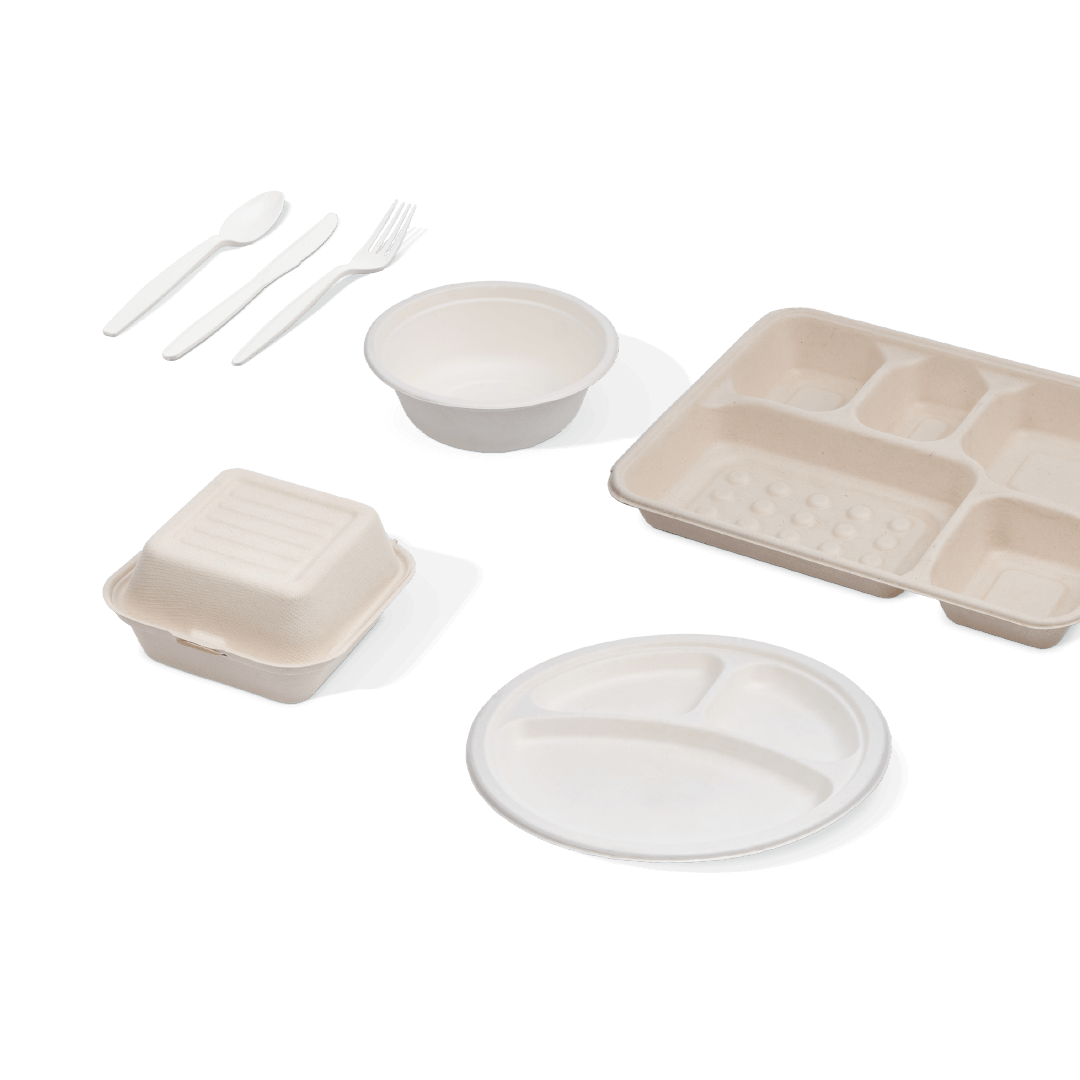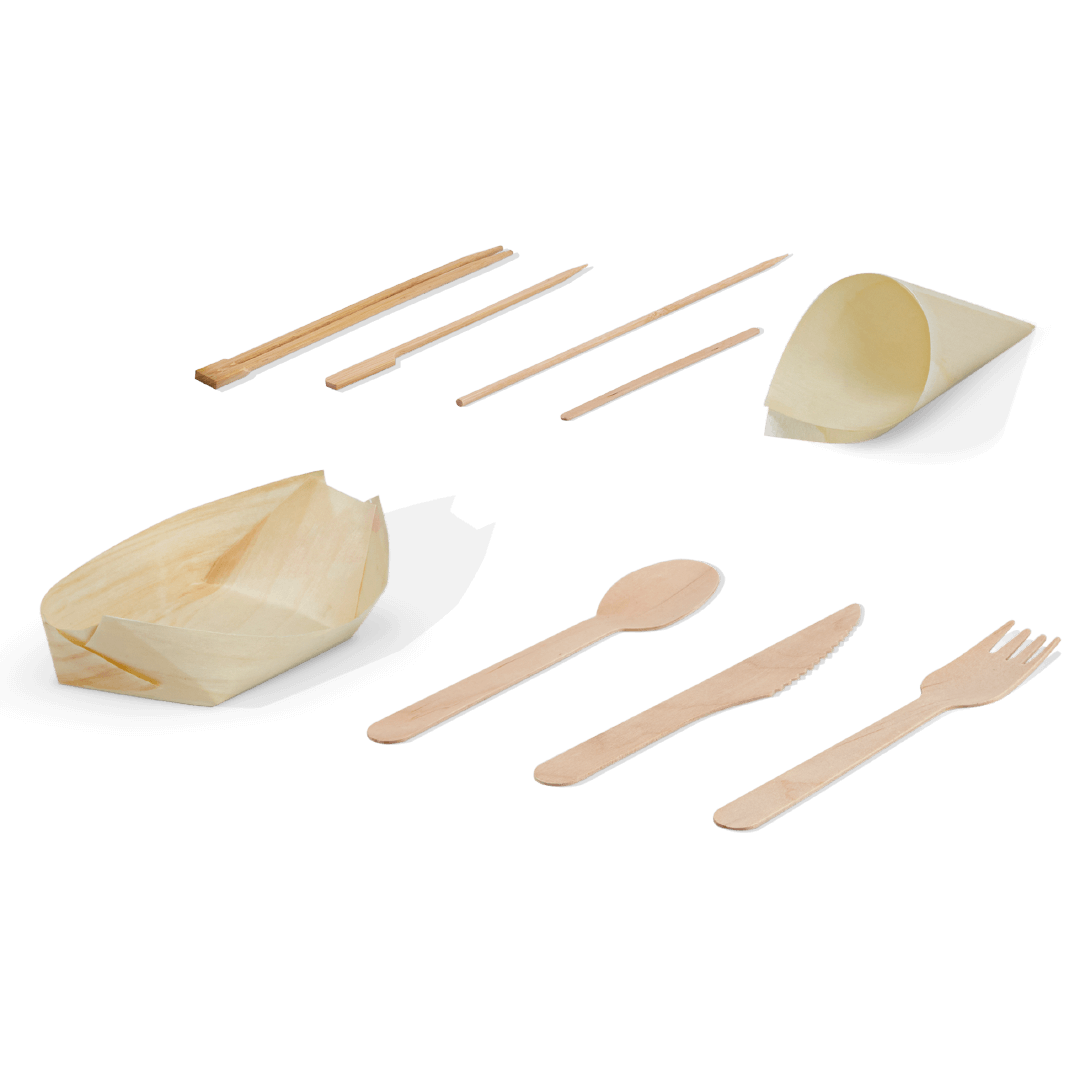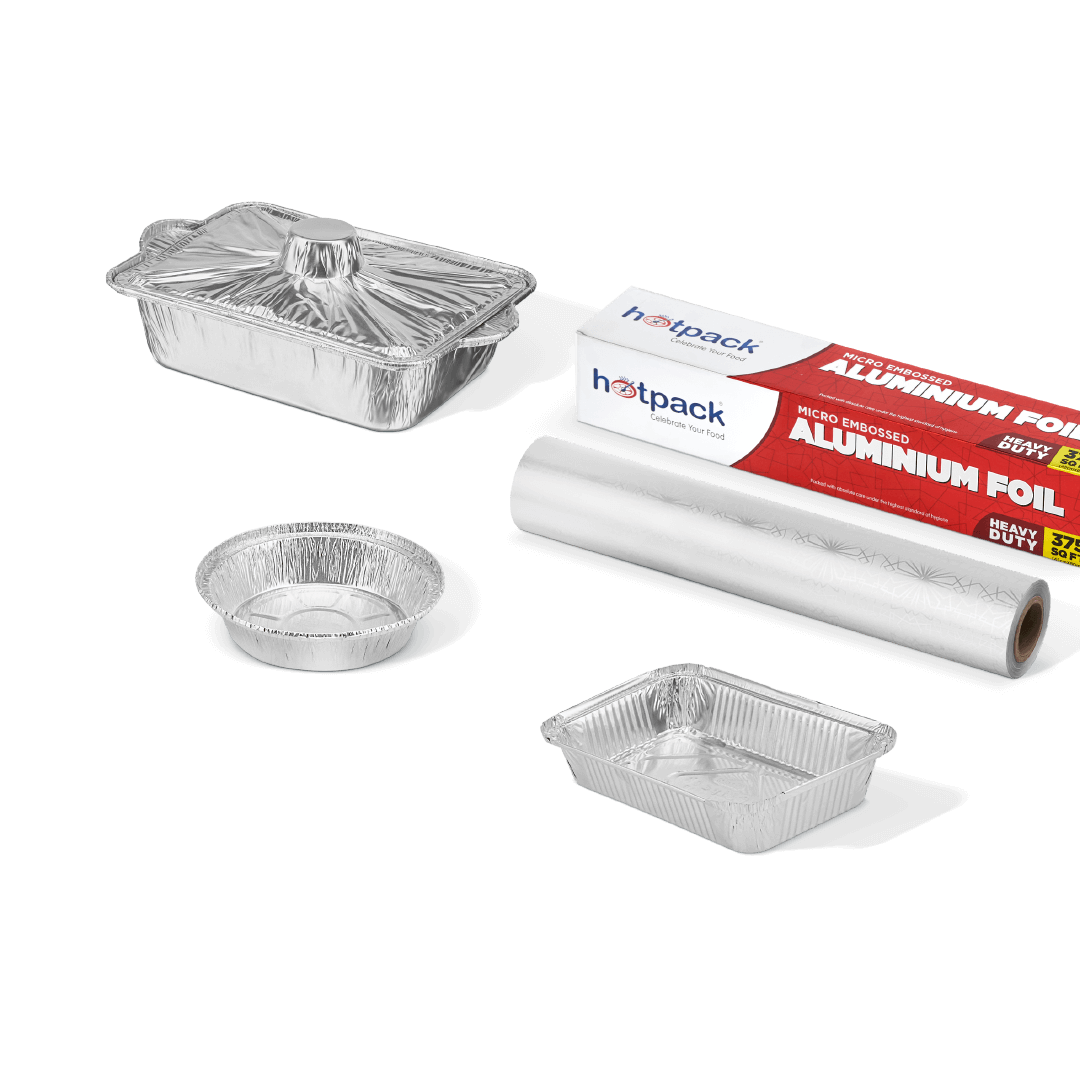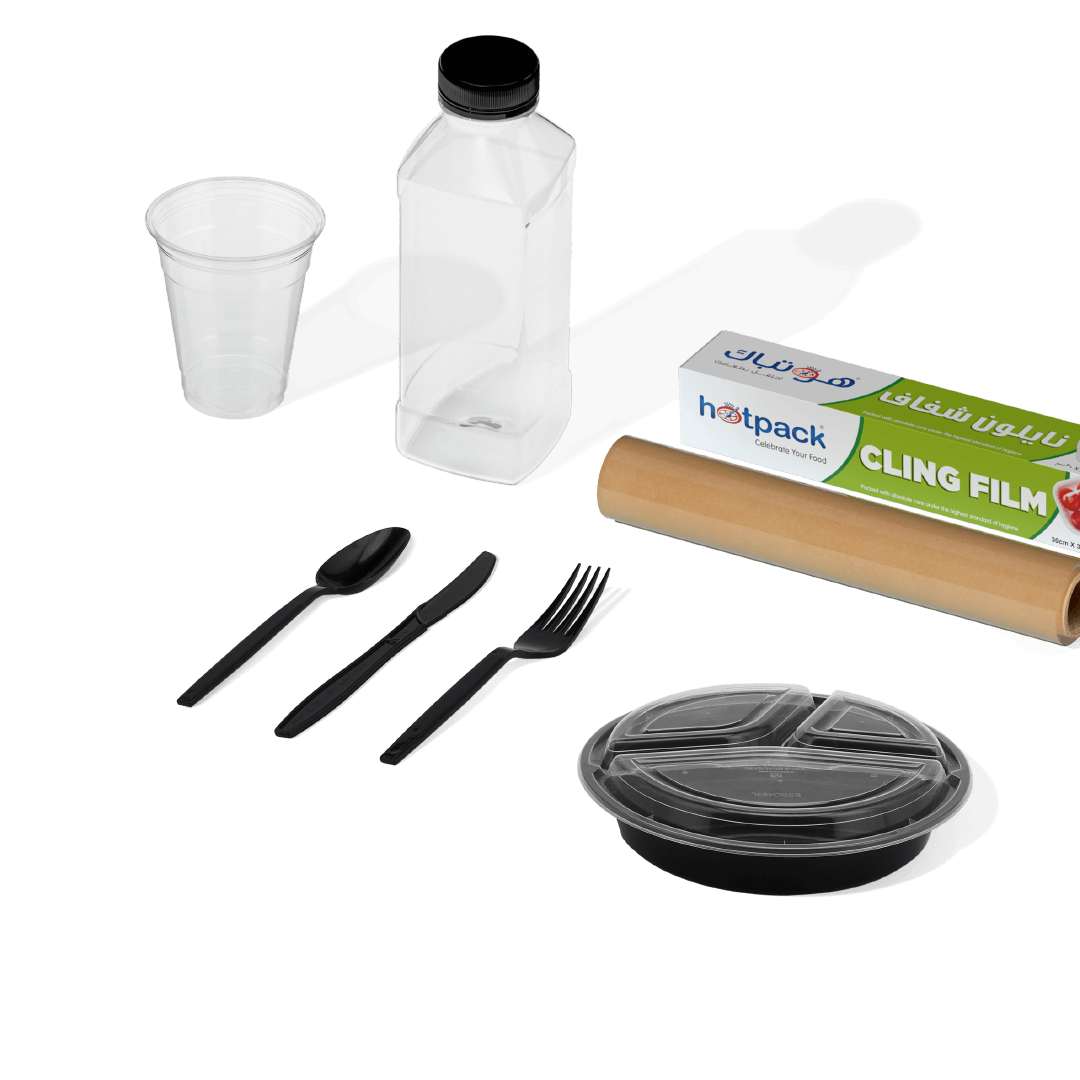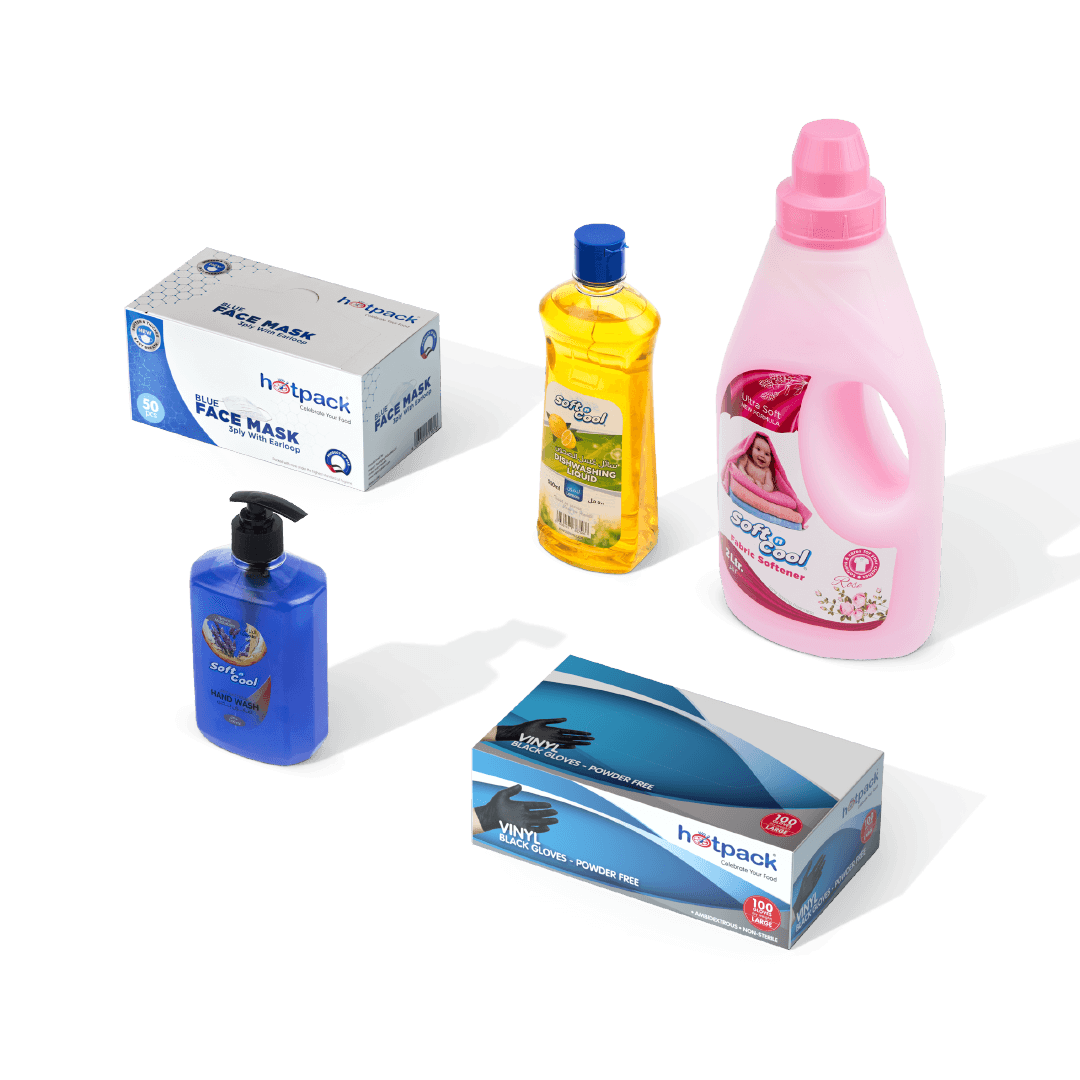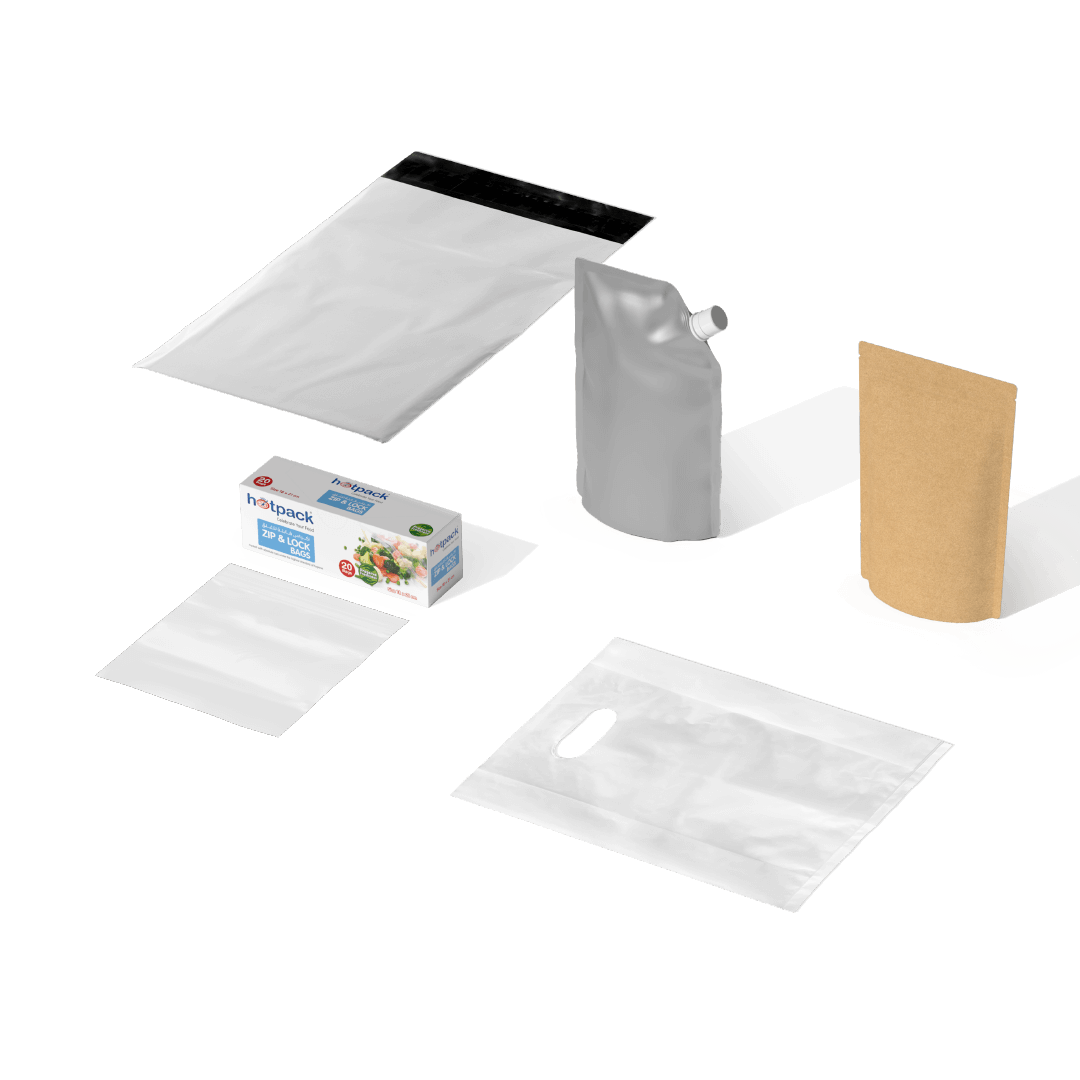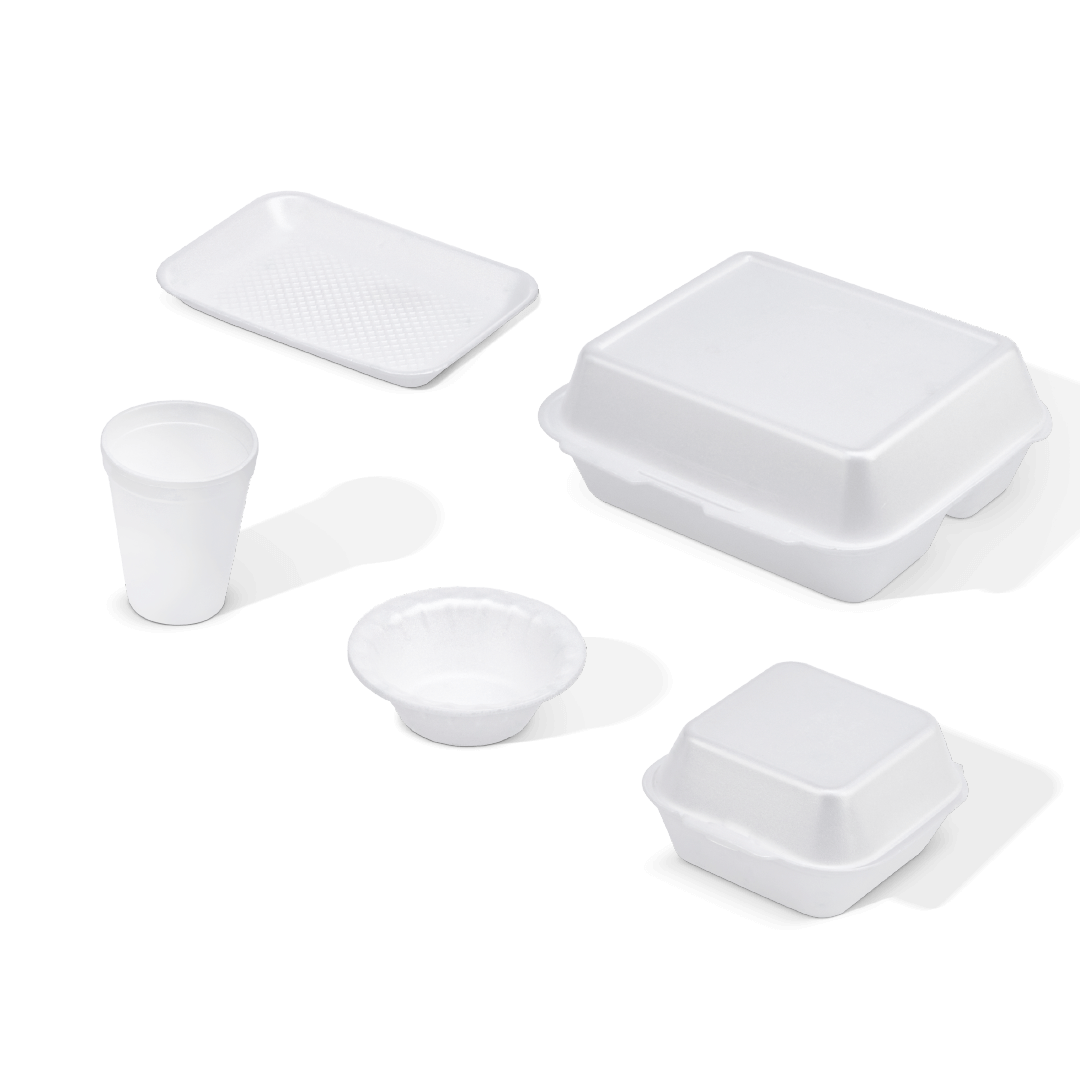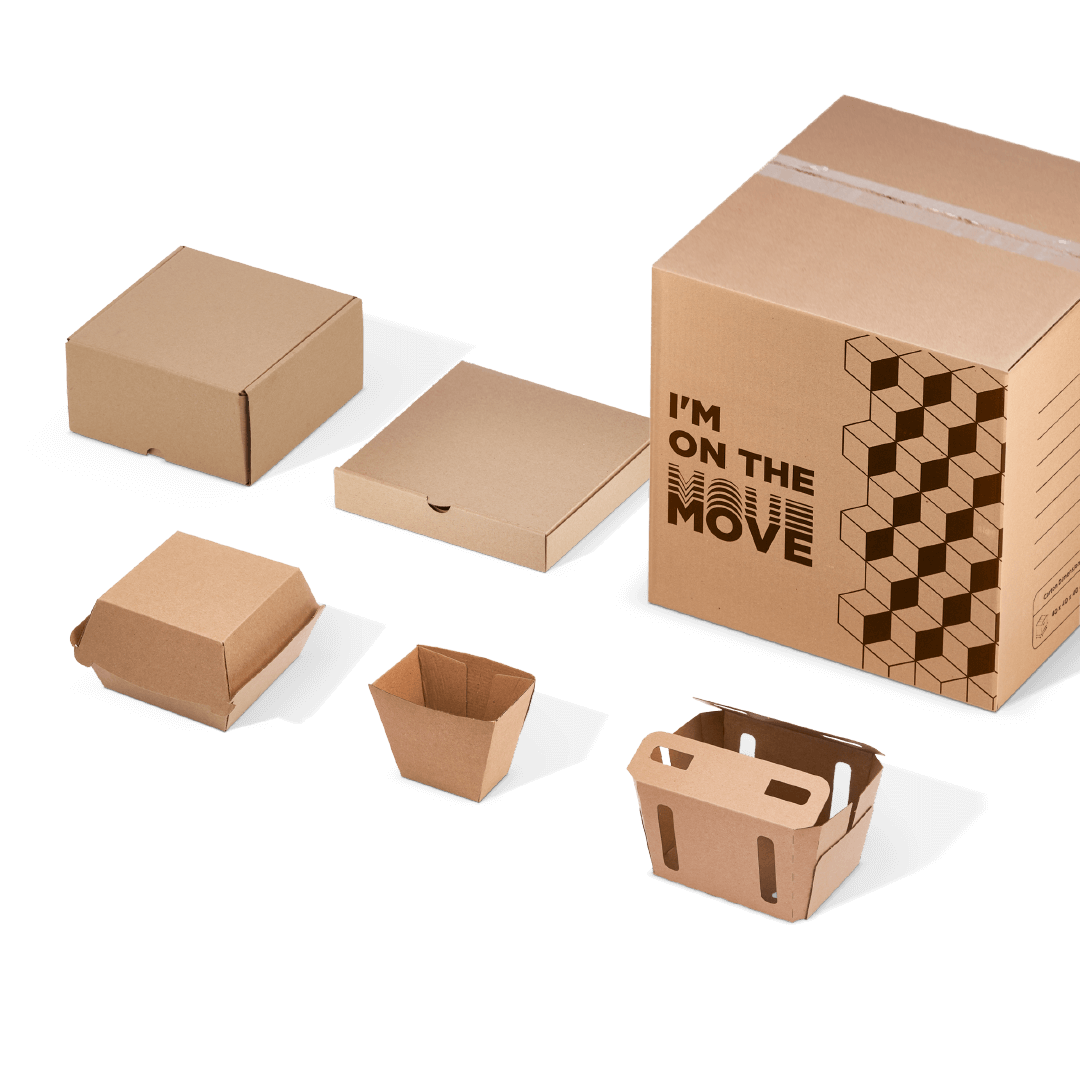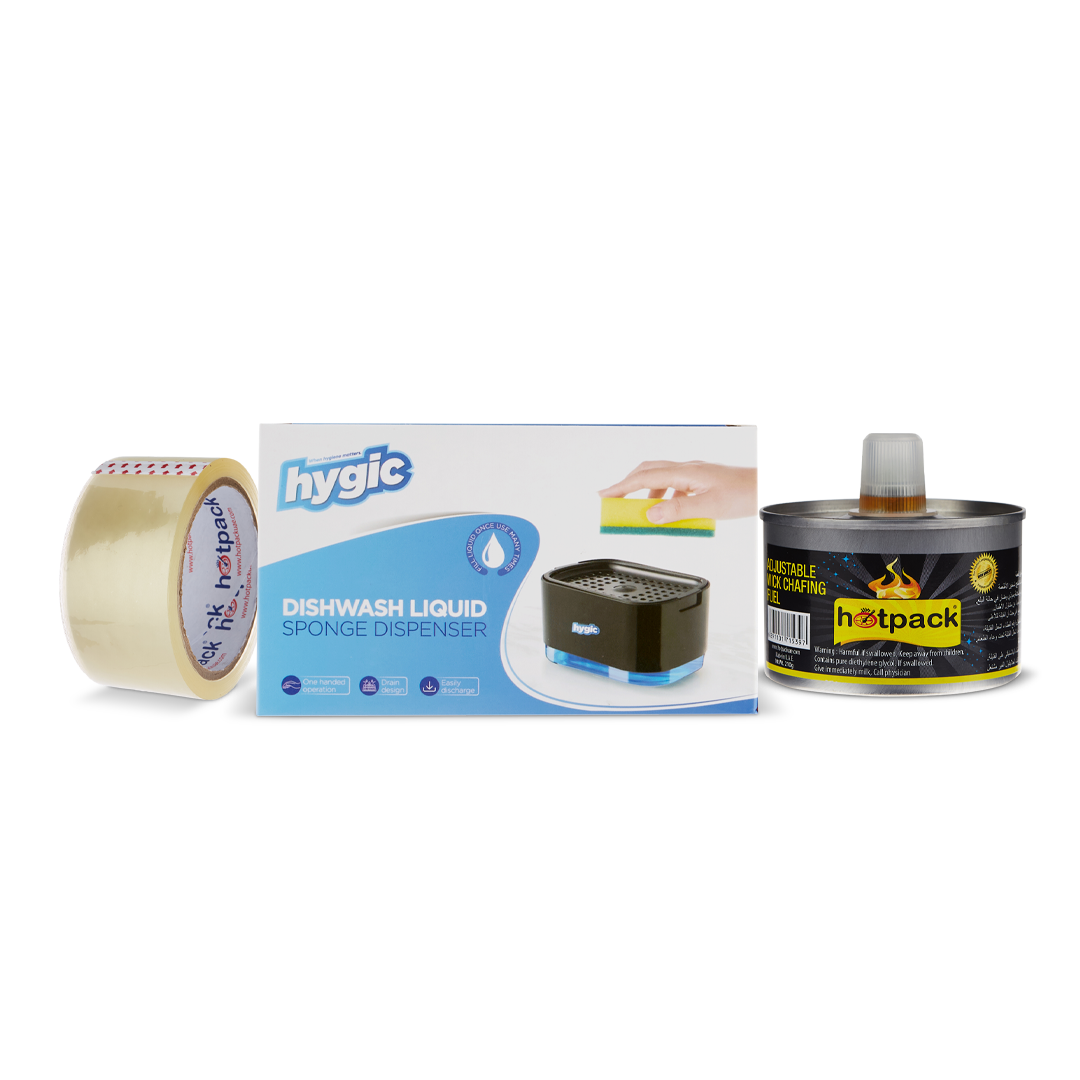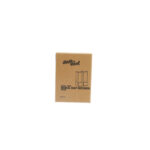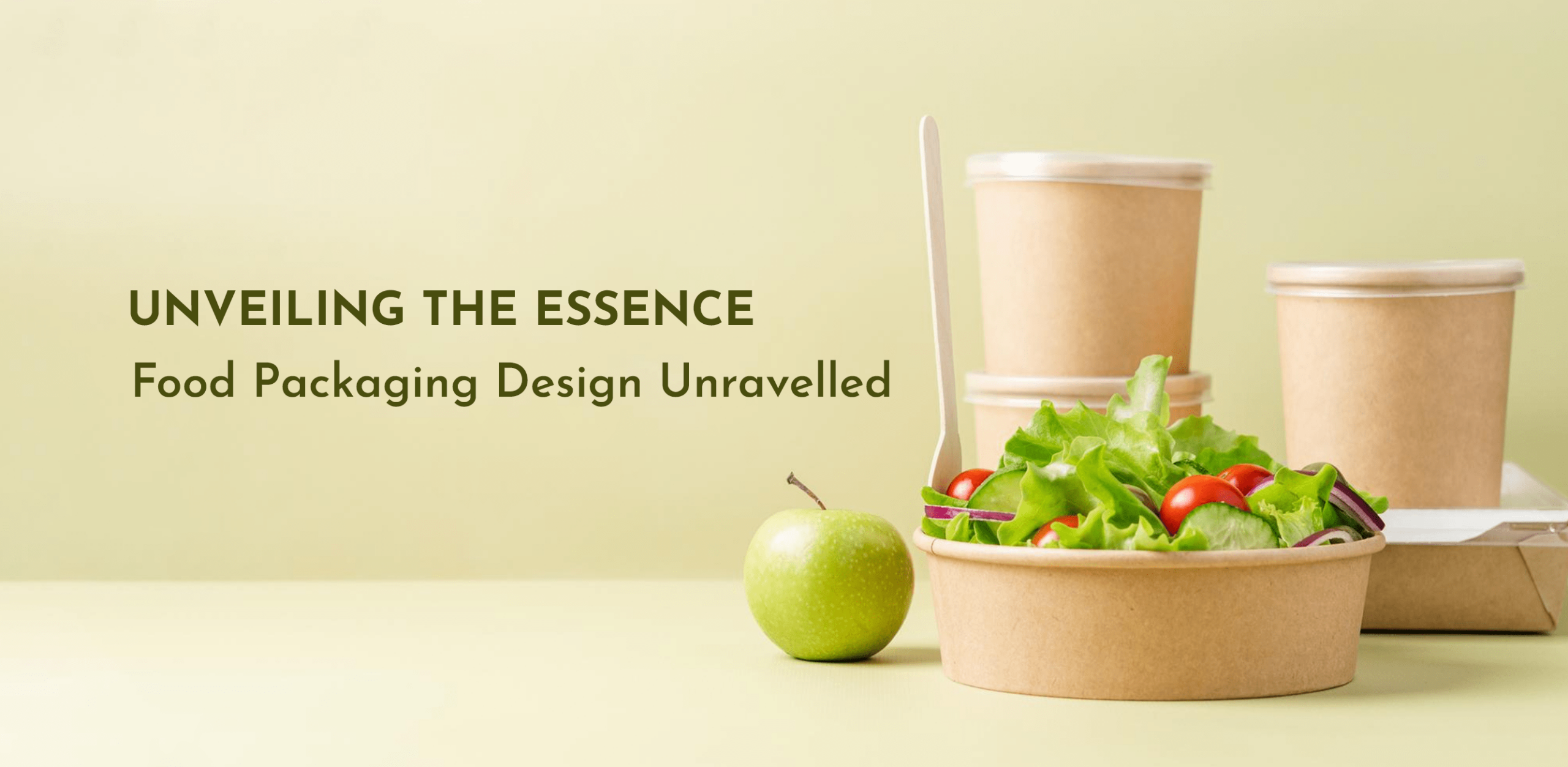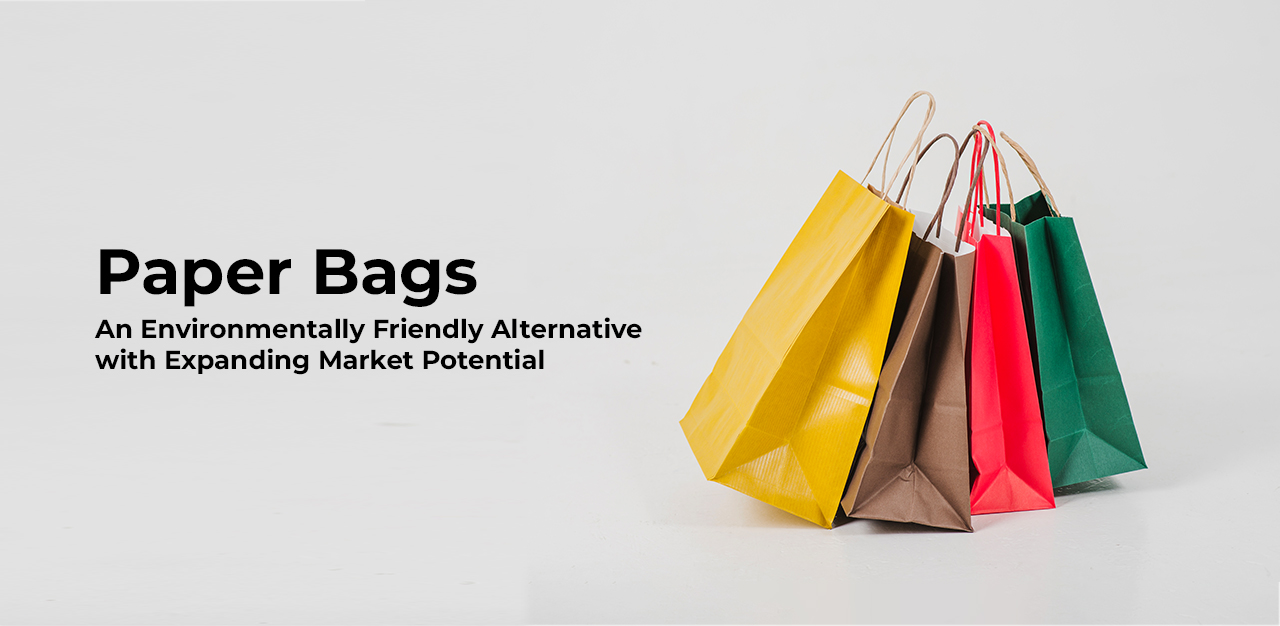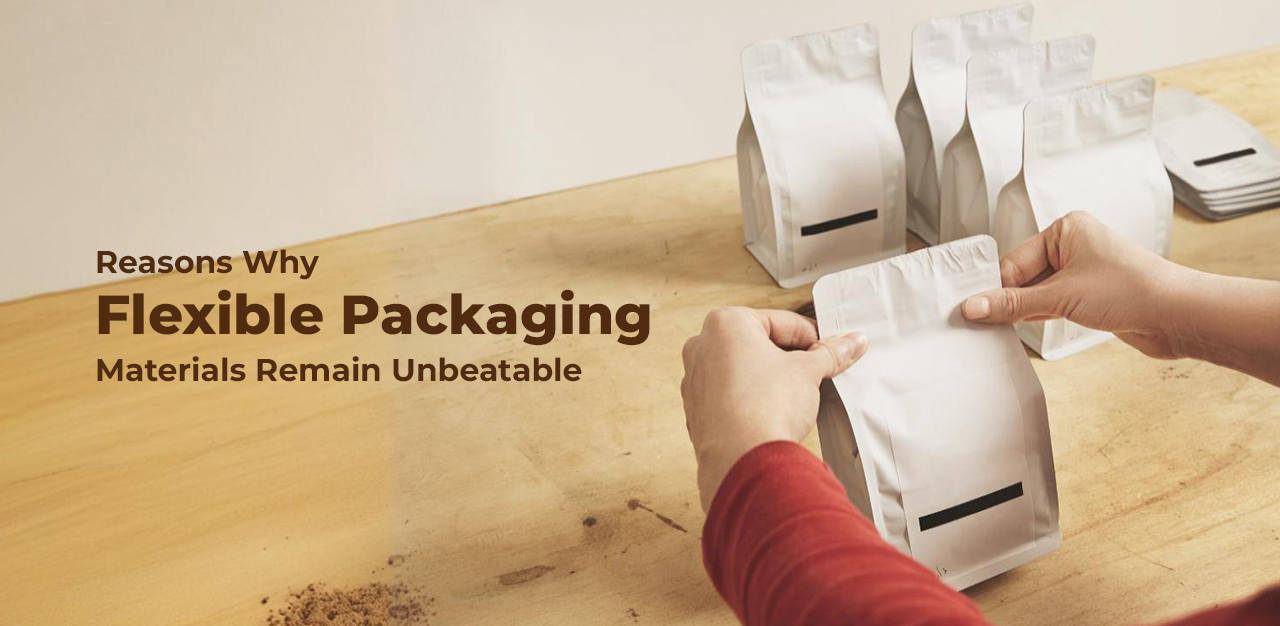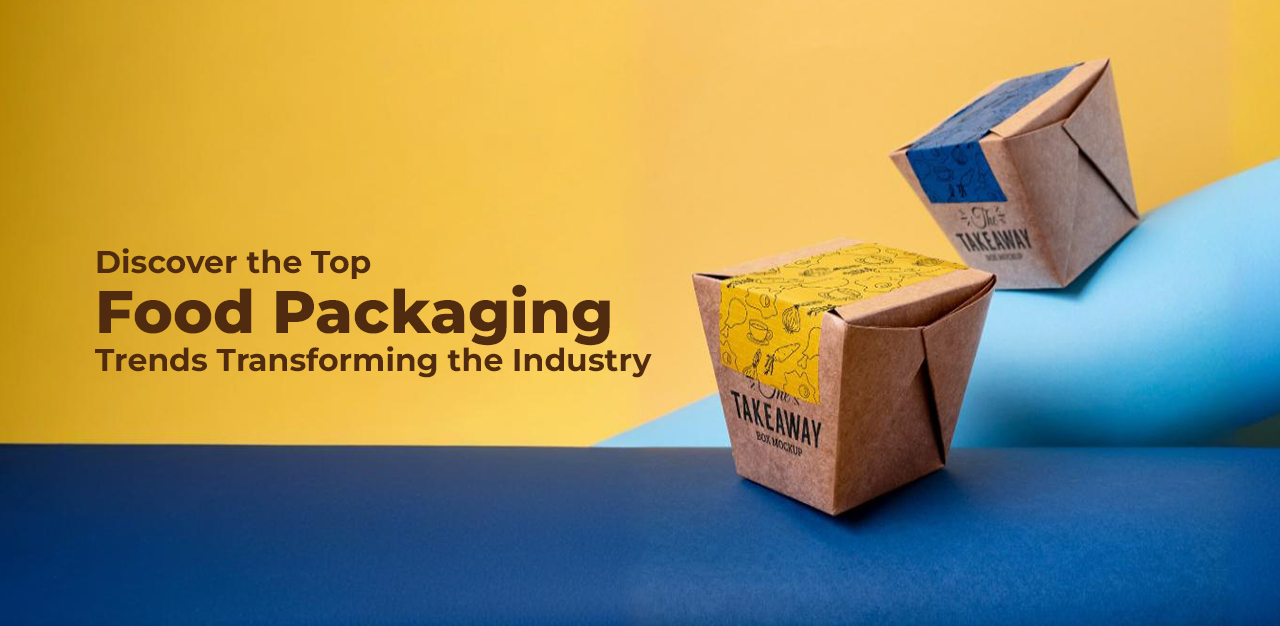In the bustling world of consumerism, where choices abound and attention spans dwindle, the role of food packaging design has risen to prominence like never before. The packaging that encases a product is no longer merely a protective covering; it is an ambassador that communicates a brand’s ethos, resonates with consumers, and often becomes the first touchpoint in their decision-making process. In this blog post, we will delve deep into the realm of food packaging containers design tips and explore the intrinsic importance of product packaging.
The Importance of Product Packagings are:
1. Food Packaging – A Multifaceted Guardian:
Food packaging serves as a versatile guardian for products, ensuring their safety, freshness, and appeal throughout their journey from production to consumption. Beyond its protective role, the packaging is a canvas that carries the brand’s identity, communicates information, and engages consumers on multiple levels.
2. A Feast for the Eyes – The Art of Packaging Design:
Food packaging design is an art that transcends mere aesthetics. It’s a meticulous blend of creativity and strategy that encapsulates a brand’s identity. The juxtaposition of colours, fonts, and imagery is a delicate dance that evokes emotions and prompts consumers to pick up the product. In this digital age, where screens bombard us with information, packaging design stands as a tactile and tangible manifestation of a brand’s narrative.
3. Choosing Materials – Balancing Functionality and Sustainability:
Finding the delicate balance between usefulness and environmental effect is vital when choosing the correct packaging materials. Different levels of protection, weight, and recyclability are offered by materials including glass, plastic, paper, and metal. Opting for materials with a lower ecological footprint while maintaining product integrity demonstrates a commitment to sustainability.
4. Telling a Story in Limited Space:
The canvas of a package is limited, but the stories it can tell are boundless. Clever packaging design narrates tales of heritage, sustainability, and innovation with the strategic placement of symbols, illustrations, and even micro-text. A vintage-style font might whisper about time-honoured recipes, while a recycled material label shouts a commitment to the environment. It’s a symphony of words unspoken, inviting consumers to be part of the narrative.
5. Standing Out on the Shelf – Differentiation through Design:
In a sea of choices, packaging design is the lighthouse that guides consumers. It’s not just about catching the eye; it’s about etching a memory. Unconventional shapes, unexpected openings, and tactile finishes can elevate a product from being mundane to memorable. The aim is to ensure that even amidst a crowded shelf, the product stands out, beckoning shoppers to explore.
6. The Elements of Practicality – Functionality and Convenience:
Beyond the allure of design, packaging must serve a functional purpose. It should be easy to open, resealable, and capable of preserving the product’s freshness. Consideration for ergonomics and user experience extends the conversation from aesthetics to usability. A package that effortlessly aligns with consumers’ lives becomes an integral part of their routine.
7. Sustainability – Packaging as a Green Crusader:
In an era where sustainability reigns supreme, packaging design takes on the mantle of an eco-warrior. The choice of materials, recyclability, and reduction of waste become pivotal. Innovative designs that minimize materials while maximizing protection not only reduce the carbon footprint but also resonate with conscious consumers.
8. Ensuring Freshness – The Science of Protection:
The battle against time and the elements is a crucial aspect of packaging design. It involves an understanding of materials that safeguard the product’s integrity, ensuring it reaches the consumer in the best possible condition. Barrier layers, vacuum-sealing, and modified atmosphere packaging are just a few techniques that form the arsenal of protection, extending the shelf life of perishable goods.
9. Minimalism and Elegance – Less is More:
In a world brimming with visual clutter, the elegance of minimalism stands out. Streamlined packaging design with clean lines and a subdued colour palette can exude sophistication. This approach not only promotes an uncluttered aesthetic but also allows the product itself to take centre stage, embracing a sense of authenticity that appeals to discerning consumers.
10. Unveiling Limited Editions – Creating Anticipation:
Packaging design also has the power to tap into human psychology. Limited edition packaging, adorned with unique motifs or seasonal themes, cultivates a sense of urgency and exclusivity. It encourages consumers to make a purchase, knowing that the opportunity is fleeting. Such designs spark curiosity and ignite conversations, driving engagement beyond the ordinary.
11. Interactive Packaging – Engaging the Senses:
Imagine a packaging that engages not just the eyes but also the touch and even the sense of smell. Interactive packaging incorporates elements like textured surfaces, embossed patterns, and even scented inks. By stimulating multiple senses, this design strategy creates a multisensory experience that leaves a lasting impression on consumers, forging a deeper emotional connection.
12. Digital Integration – The Fusion of Online and Offline Worlds:
In the digital age, packaging design has extended its reach to the virtual realm. QR codes, augmented reality elements, and web links seamlessly bridge the gap between physical packaging and digital content. This integration not only enhances consumer engagement but also provides a platform for brands to tell richer, more immersive stories.
13. Safety First – Packaging as Informational Resource:
Beyond aesthetics, packaging design carries the responsibility of conveying vital information to consumers. Nutritional facts, ingredient lists, allergen warnings, and usage instructions must be presented clearly and comprehensively. Balancing the artistic aspects with the functional ones ensures that consumers can make informed decisions while interacting with the product.
Conclusion
As we journey through the intricate world of buying a good food packaging product and design, one thing becomes abundantly clear – It’s a symphony of art and strategy that dances on the precipice of creativity and functionality. The allure of a well-designed package is undeniable; it not only protects the product within but also encapsulates a brand’s essence and resonates with consumers on a profound level. In a landscape where products jostle for attention, packaging design emerges as the silent yet compelling storyteller, inviting consumers to take a bite out of the world it holds within. So, next time you reach for a product, remember that the packaging is more than just a cover – it’s a canvas that paints a brand’s narrative in the hues of curiosity and intrigue.
To Know the Best Plastic For Food Packaging: Click Here

